Les Bauges, Savoie
While the pristine turquoise waters of Lac d’Annecy are renowned, the remote massif of Les Bauges, which rises to its west and south, is one of the least-visited areas of the French Alps. Fringed on almost all sides by great forested limestone ridges and escarpments, the interior of the Bauges feels a place apart in time as well as in geography. As it’s a protected parc naturel regional, ski development here is limited mostly to the cross-country variety. In summer this verdant oasis of green, cut by deep gorges and ravines, is a nature lover’s dream.
See and do
While the peaks here may not have the height or glaciers of those farther east, they lack nothing in drama. The isolated monoliths of gleaming white limestone make for challenging but achievable hiking. Perhaps the finest for views is Mont Trélod, surrounded by ever more jagged ridges. Luckily it has one side that is a little less steep, offering a practical (although still hairy) approach, with the chance to spot rare mouflon and chamois along the way. The walk starts from the end of a narrow road above the village of La Compôte, where you can stock up on tome de bauges cheese from the farmers’ co-op. The climb begins through woods to the high pastures, and the summit panorama will have you planning further days on Mont Colombier or the Dent d’Arclusaz to the south.
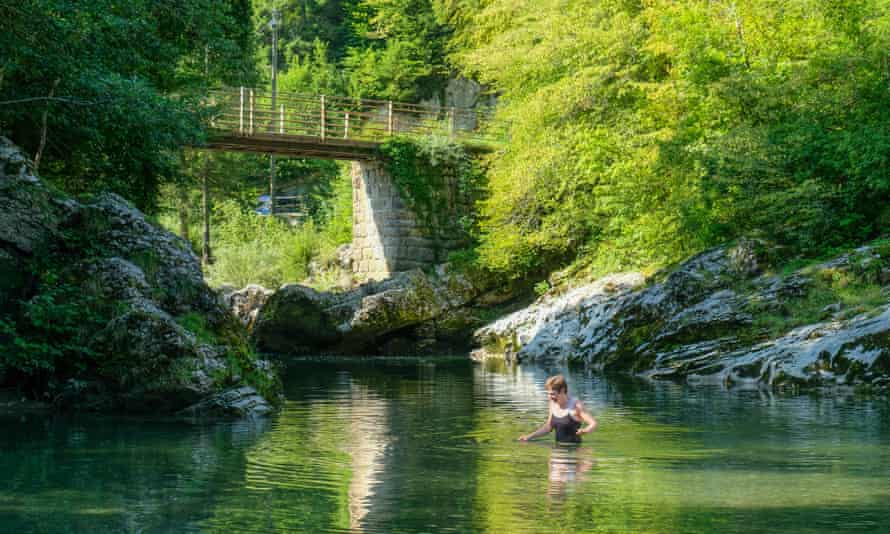
The landscape below the peaks is no less enticing. The Chéran, one of the few truly wild rivers in the Alps, runs right through Les Bauges: its flow is unrestricted by hydro works, so it’s home to a thriving population of wild trout. It’s perfect for wild swimming too, and along its course and tributaries are some spectacular limestone gorges and waterfalls to explore.
Stay

The village of Le Châtelard, with its many balconied old houses, is the main centre for supplies and services here. Check out Camping les Cyclamens (pitch for two €15.80) which has a treehouse suspended five metres above the ground. The surrounding hamlets have a variety of gîtes to rent, many with traditional balconies supported by tavalans – naturally curved tree boughs, a distinctive feature of local architecture.
Our pick, however, would be Au Crêt du Bois (sleeps six, €300 for two nights), a beautifully restored stone farmhouse at Le Noyer, a few kilometres west. The lovely garden includes a small swimming pool, and a raclette grill and fondue are supplied – but be sure to book dinner at the tiny Chez Cyrille restaurant a short stroll away, where you can choose between two excellent-value menus each day, with an emphasis on local veg and cooking.
Upper Var valley, Alpes-Maritimes
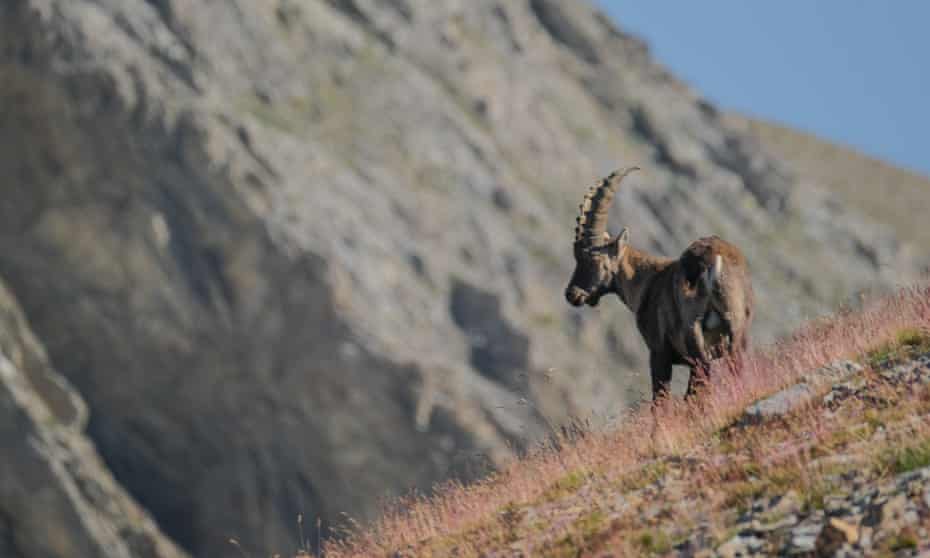
The Col de Cayolle is perhaps the most beautiful and unspoiled mountain pass in France. The Var has its source at the western end of the Mercantour national park, on the south side of the pass into the Alpes-Maritimes. The upper valley is both magnificent and relatively quiet, extending from the col down to Vauban’s fortified town of Entrevaux, where picturesque narrow alleyways are still accessed by foot via a medieval drawbridge.
See and do
The upper valley is almost cut off from the world below by the spectacular red sandstone canyon of the Gorges de Daluis. The great rock walls are, however, threaded by a remarkable balcony road which once carried a tramway. Above these gorges the valley is far less known, and the peaks around the Col de Cayolle are grazed by herds of ibex, following a successful reintroduction programme in the late 1980s. There’s a classic circular half-day walk giving views over three lakes – Petite Cayolle, Lac des Garrets and the stunning Lac d’Allos.
While the Var itself is mostly wide and shallow unless in flood, its minor tributary the Chamoussillon runs through a deep, sheer-sided ravine before joining the river just north of Saint-Martin-d’Entraunes. It’s mostly inaccessible except to skilled canyoning enthusiasts, but there is a stunning series of hidden cascades, rock waterslides and pools for bathing reached more easily from the lower end. Not shown on any maps, and with plenty of flat rocky slabs for soaking up the sun, this is an enchanting place to spend a lazy day.
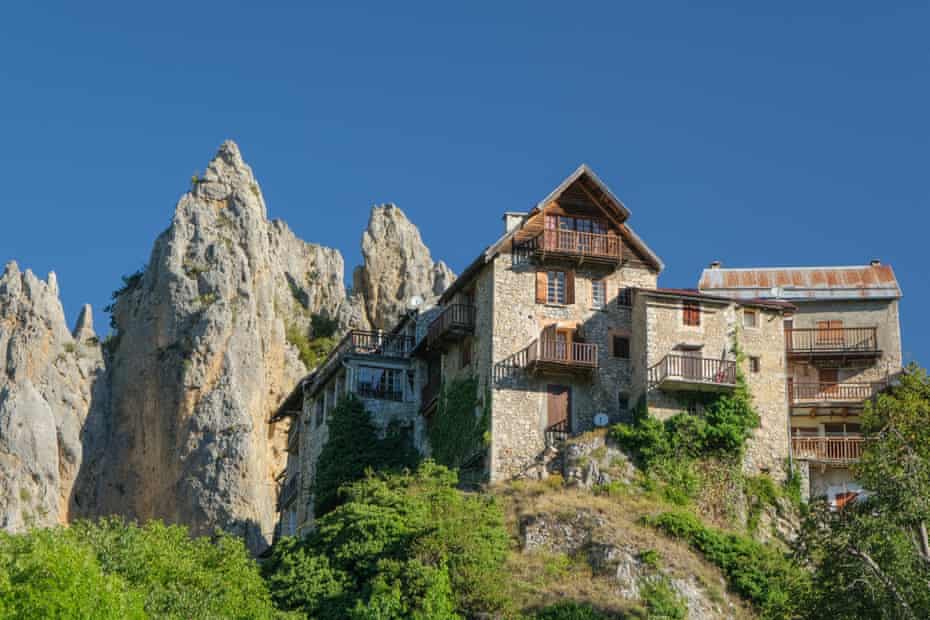
Stay
Guillaumes is the main settlement in this part of the valley, and has a couple of bars and hotels and a fine restaurant, overlooked by the crumbling 15th-century ruins of Château de la Reine Jeanne. Be sure to take a detour to the village of Péone to the east, a tottering jumble of alleyways built at the foot of a series of rock pinnacles.
The Chamoussillon ravine is best visited on foot from the privately run campsite at Le Prieuré (pitch for two from €18, gîtes from €60 in high season), which has huge shady pitches, safari tents and cabins, and a small swimming pool. In the evening wood-fired pizzas are served on the terrace with views across the valley. For a more offbeat choice, there are Mongolian yurts at Oustamura (from €70 B&B for two), above Entraunes.
Ubaye, Alpes-de-Haute-Provence
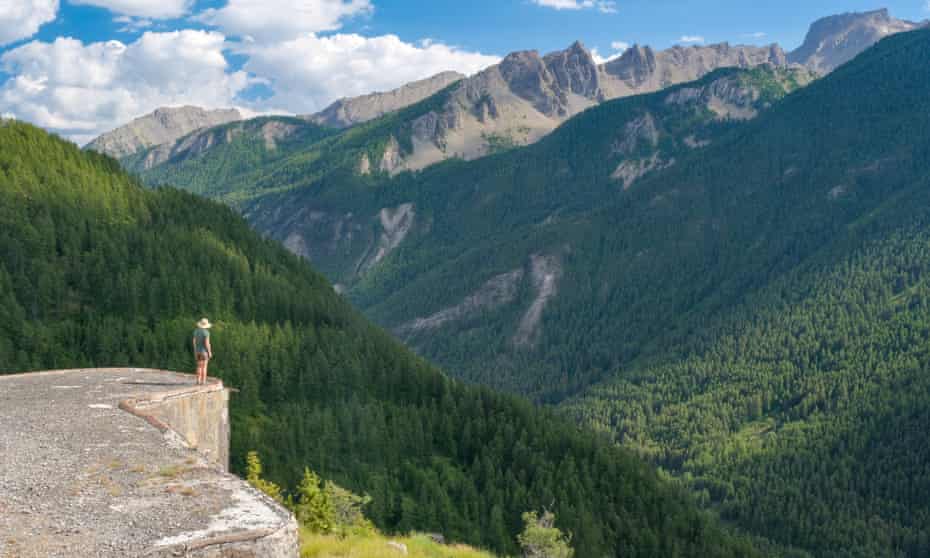
The wild upper reaches of the Ubaye valley remain one of the least developed places in all the Alps. This is frontier territory, with nearby passes providing links to Italy and Briançon. However, the majestic valley beyond Saint-Paul-sur-Ubaye has stayed virtually cut off. Here numerous footpaths lead to pools of pristine waters and the mountains of the Chambeyron massif. A string of ancient ruined forts can be explored by the adventurous.
See and do
The fort at Tournoux is the one most clearly seen from the road, a series of fortifications tumbling down the mountainside reminiscent of a Tibetan monastery. By contrast, the second world war Plate Lombard fortifications are almost completely hidden and unvisited, yet it enjoys a superb location, best visited from the charming hamlet of Fouillouse. But it’s the area around the village of Saint-Ours, above the Col de Larche road, that has the greatest concentration of defences such as the Fort de Saint-Ours, built in the 1930s as part of the defences against invasion from Italy. It once housed 250 troops and saw fierce fighting in 1940, 1943 and 1945. The eerie concrete remains now feel oddly incongruous in such a beautiful location. It’s well worth walking further to visit the 19th-century Viraysse barracks, a dramatic ruin surrounded by gaunt rock peaks. A steep zigzag path from here leads to the battery on the summit of La Tête de Viraysse, at 2,772 metres with unforgettable views.
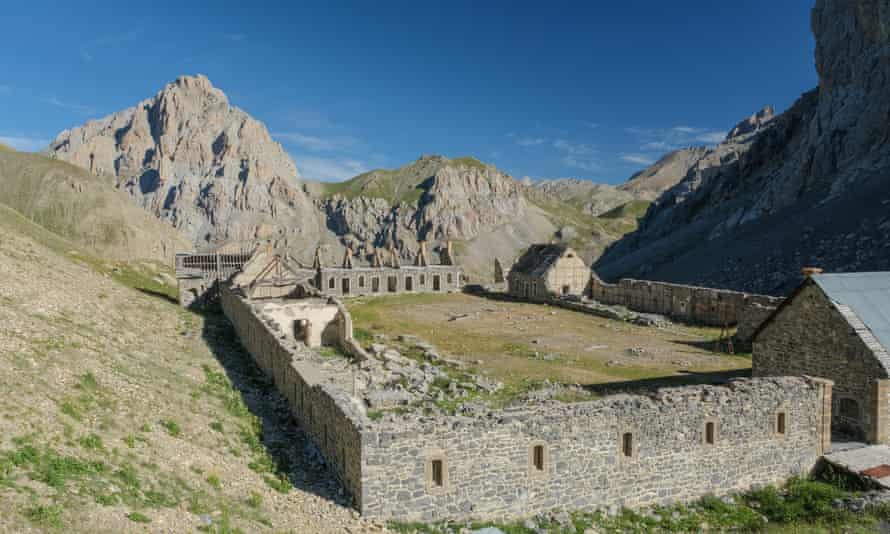
From just below the Col de Larche, a walk through meadows leads to the edge of the Mercantour national park and Lac du Lauzanier. Kids will be enchanted by the tameness of the marmots along the way, and griffon vultures can often be seen gliding on the thermals.
Stay
Gîte Auberge de Saint-Ours (€100 half-board) is rustic and utterly charming, with comfortable attic rooms and mouthwatering fresh seasonal produce served on the geranium-covered terrace. Perhaps the best base for a longer stay in the area is Saint-Paul-sur-Ubaye, at the gateway to the wild upper valley. Yurts Ubaye at Chez Carole (from €420 a week, sleeping six) are close to the river and have a wood-fired sauna for cooler nights; be sure to stock up on beers from tiny, organic craft brewery La Sauvage.
Haut-Giffre, Haute-Savoie
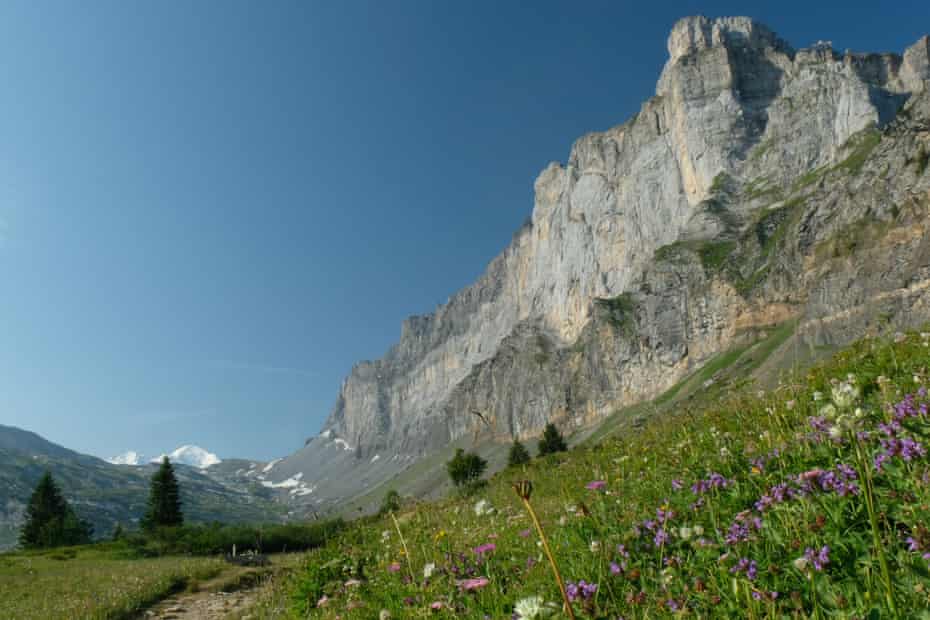
The Haut-Giffre, a section of the Giffre massif, is just over the mountains from Chamonix yet remains virtually unknown to overseas visitors. Above the charming town of Samoëns, the high valley route is an unmissable gem winding up past the Tines gorges to its loftiest village, Sixt-Fer-à-Cheval. Here two tributaries of the Giffre river lead to huge amphitheatres of rock, the majestic Cirque des Fonts and the even more impressive Cirque du Fer-à-Cheval, where multiple waterfalls cascade into a deep glacial trench.
See and do
Few regions can match this one forwaterfalls and lakes. The 90-metre Cascade du Rouget is known locally as the Reine des Alpes and is the starting point for a superb hike up to the Sauffaz and Pleureuse waterfalls, passing the remote Refuge Alfred Wills en route to Lac d’Anterne, under sheer walls of rock. A swim with the Arctic char will certainly liven the senses, but if it’s too cold here, you could try the more sylvan Lac de Gers, overlooked by a refuge serving locally raised lamb, pork and beef with vegetables grown on the terraces below.
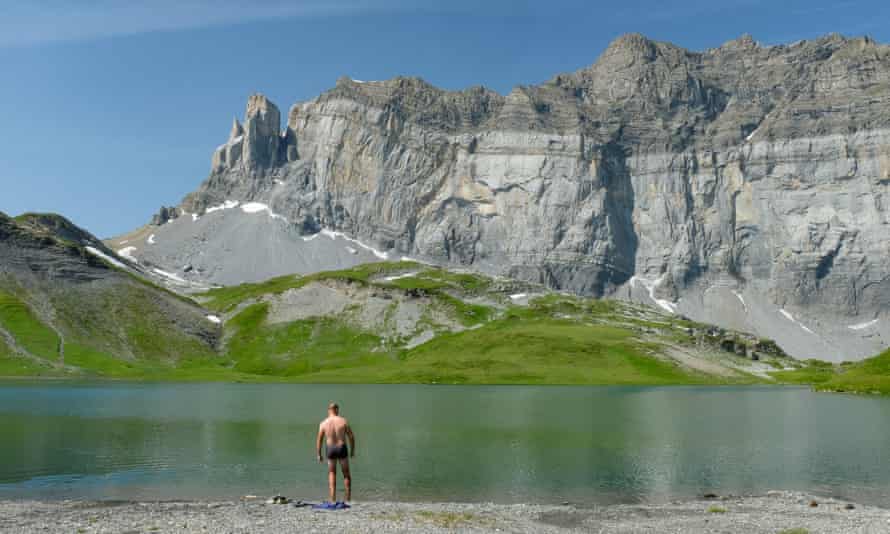
Le Bout du Monde – the end of the world – is as evocative as its name suggests. Follow the Giffre upstream, through woods and meadows until seemingly impregnable rock walls encircle the valley head. However, a short climb reveals a tiny gate marking the Bout du Monde. A great view back down the valley showcases the sheer force of the glaciers that carved this remarkable landscape.
Stay
The market town of Samoëns has served as the main hub for the valley since the 15th century, having been a renowned centre for stonemasons. Some of the nearby hamlets make superb bases: in Vallon d’en Bas, every building oozes character. Here you’ll find Véronique and André’s renovated Savoyard farmhouse B&B, La Ferme d’en Bas (from €89 B&B). Don’t miss the evening meal, a communal feast of regional dishes with many organic ingredients. To get closer to nature, Camping le Pelly (pitch for two from €23.90) is at the heart of the Sixt-Passy nature reserve and has large pitches and a friendly vibe.
Vercors, Isère
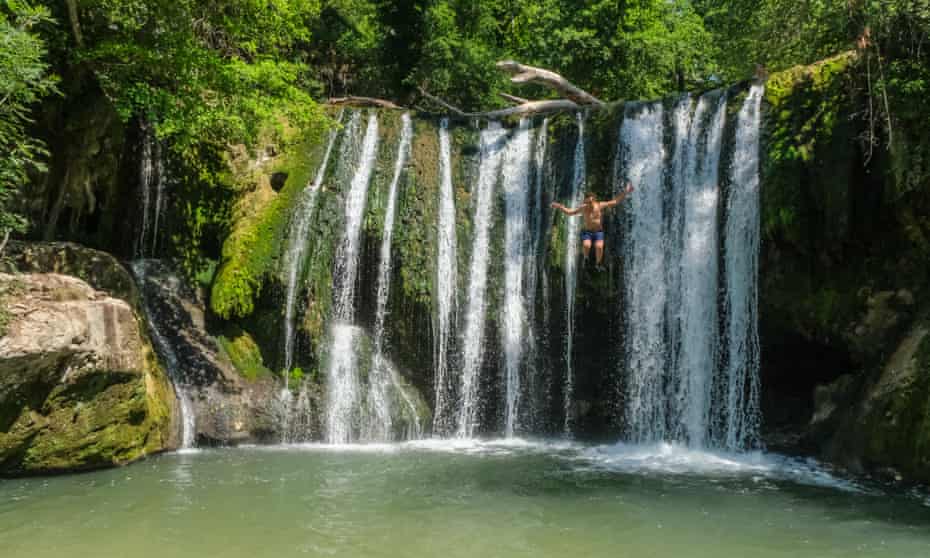
The great plateau of the Vercors massif rises above the encircling valleys like a fortress, culminating in an incredible escarpment that runs for miles like a frozen wave of rock. Behind lies a vast richly forested nature reserve, home to ibex, chamois, black grouse and vultures. Beyond the reserve, the interior of the plateau is at first glance a gentler place of rolling green pastures. Yet this pastoral idyll is riven by dramatic gorges, through which roads are cut along narrow balconies and beneath overhanging limestone cliffs, and the rivers form perfect deep pools and waterfalls. Beneath this a vast underground landscape of caverns, underground lakes and passageways is still being explored.
See and do
Starting above Lans-en-Vercors, a half-day walk through woods, pastures and limestone pavements leads to the summit viewpoint of Pic Saint-Michel, on the rim of the escarpment. On the return, stop for lunch at the remote Auberge des Allières, accessible only on foot. In the afternoon, head down the stunning Gorges de la Bourne, stopping to explore spectacular caves, including the Grotte de Bournillon which has the largest cave opening in Europe. Finish the day with an early-evening swim at the Cascade Blanche near picturesque Port-en-Royans.
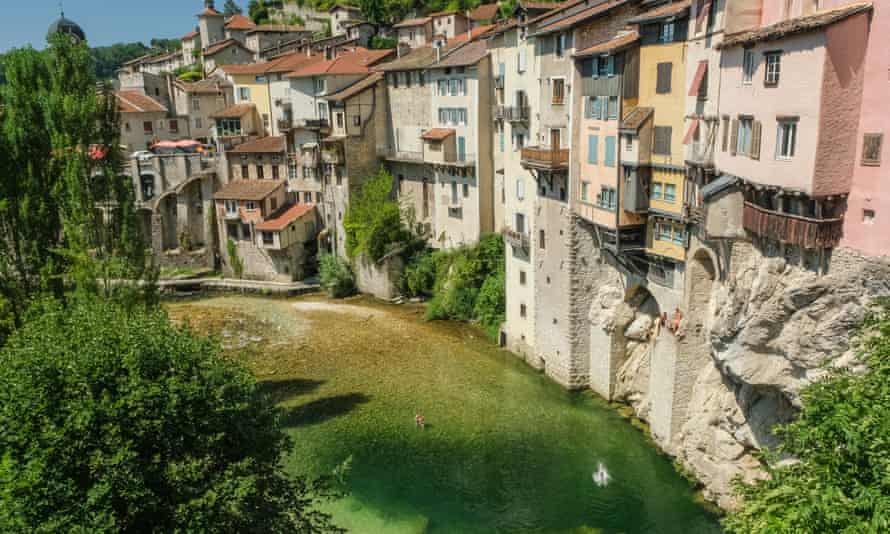
This remarkable landscape has bred a remarkable people, and the Vercors was the centre of the French resistance during the second world war. The maquis fighters built up an army of 4,000, and in 1943 declared the Free Republic of Vercors, aided by parachute drops from the Allied powers. But further expected support failed to materialise, and the terrible enemy reprisals saw 15,000 soldiers invade the massif, slaughtering 600 resistance fighters and 200 civilians. Visit the striking modern memorial on the Col de la Chau, and the Grotte de la Luire, a cave which served as a makeshift hospital for the wounded until it was found by the Nazis – only one injured person escaped death or capture.
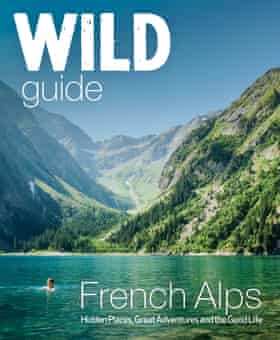
Stay
Driving or cycling the twisting balcony and gorge roads is an unmissable part of the Vercors experience, so the exact choice of base matters little. Up on the plateau, La Chapelle-en-Vercors offers quiet and authentic guesthouses. Our choice, though, would be to stay at Choranche in the Gorges de la Bourne. Camping Le Gouffre de la Croix (pitch for two from €21.80) is on the river at a spot perfect for swimming. For more comfort, rent one of the six lovingly restored stone gîtes at Les Hauts de Choranche. Dating from the 18th century, they combine hand-carved wooden staircases, hefty beams and thick stone walls with modern comforts including a small spa and steam bath.
Helen Webster and Paul Webster are the authors of Wild Guide French Alps (Wild Things Publishing, £18.99)




